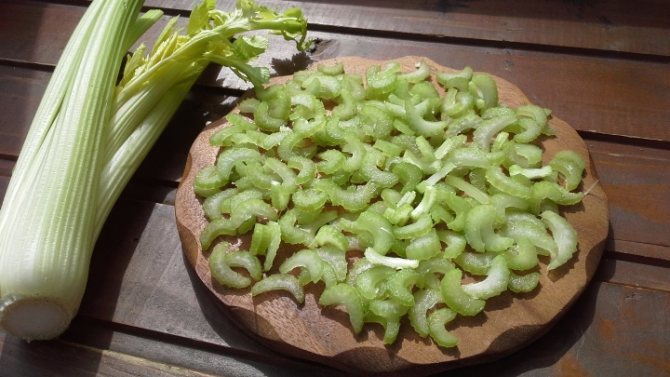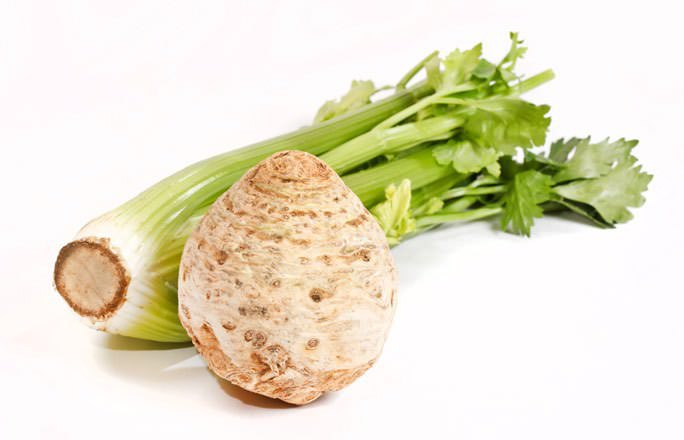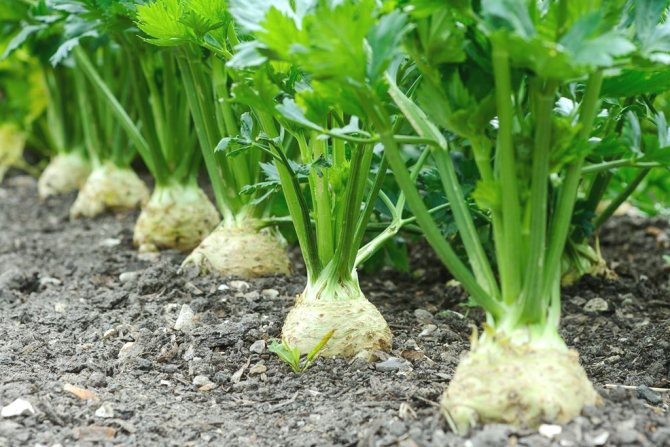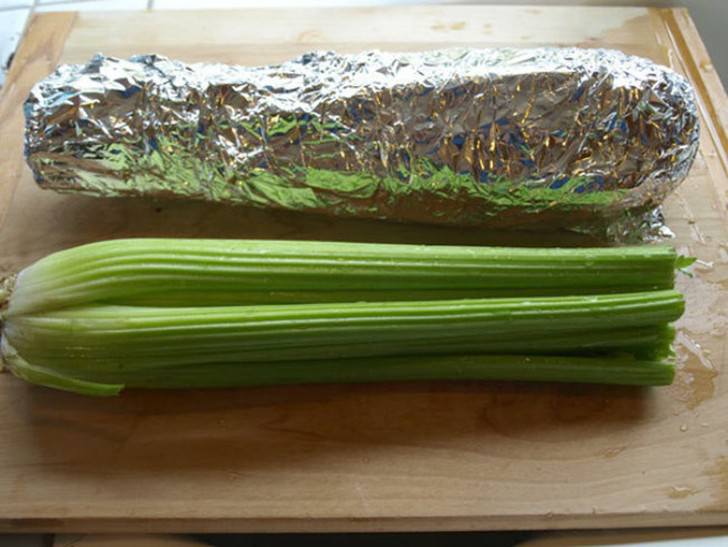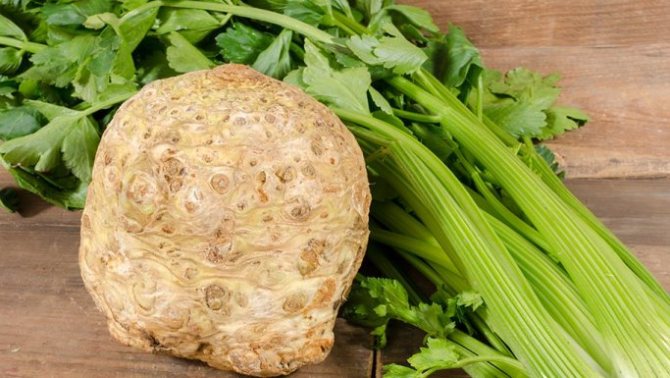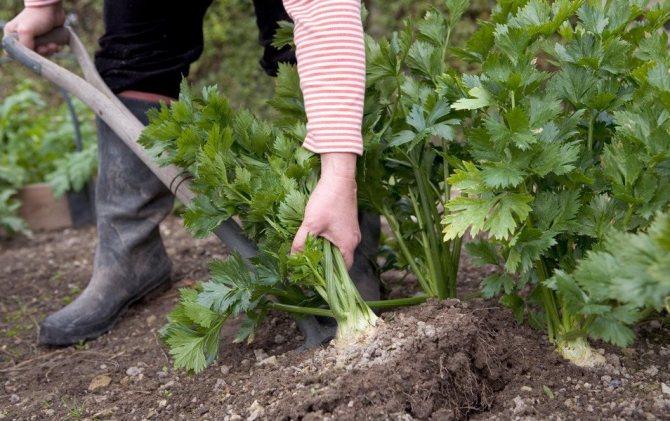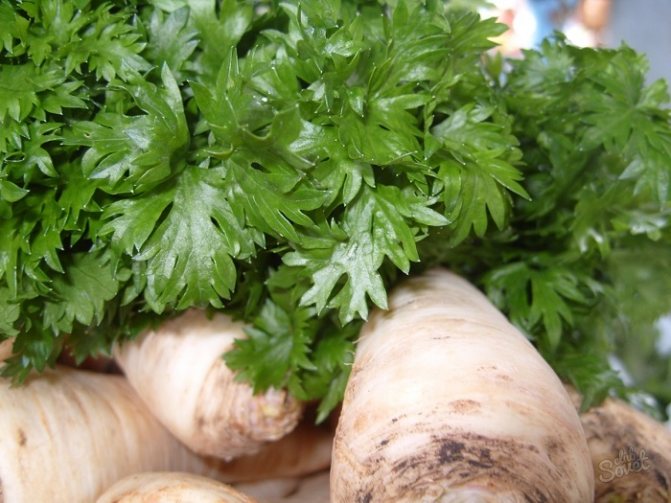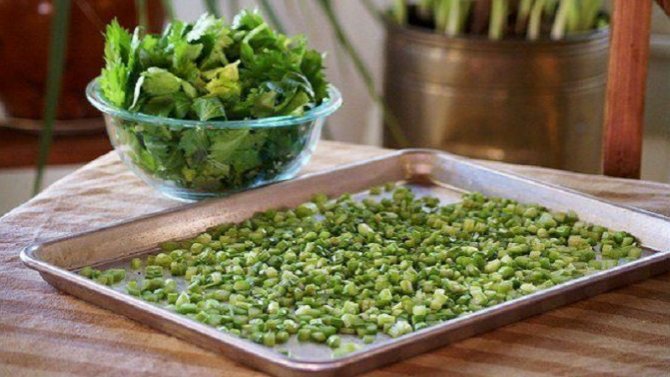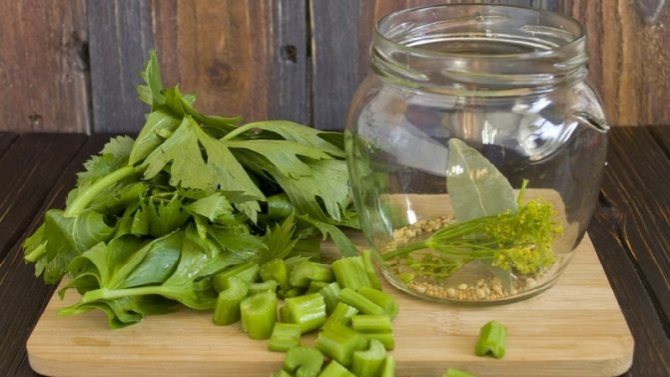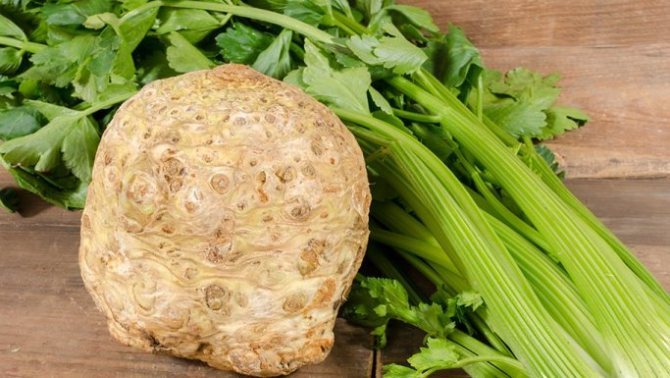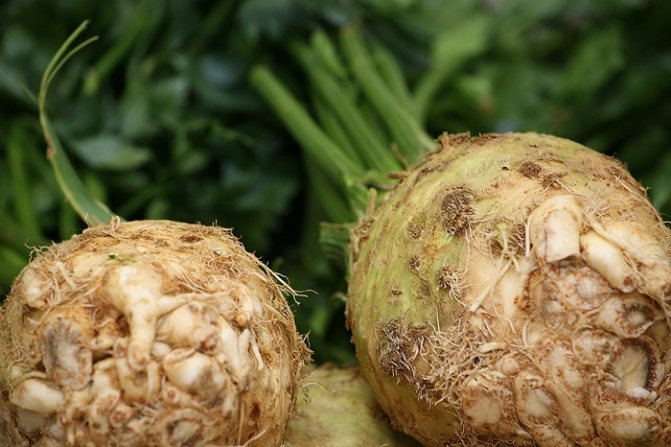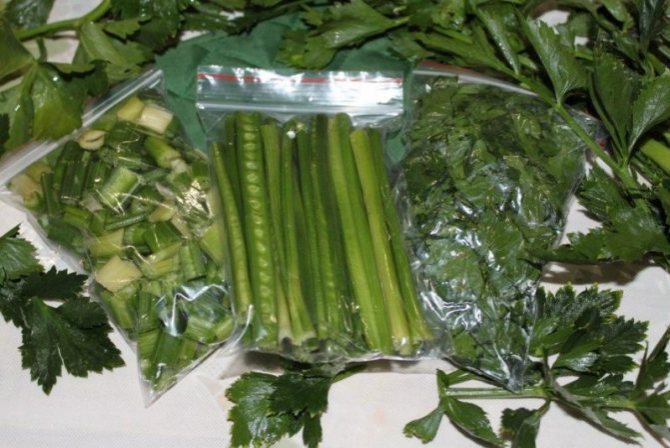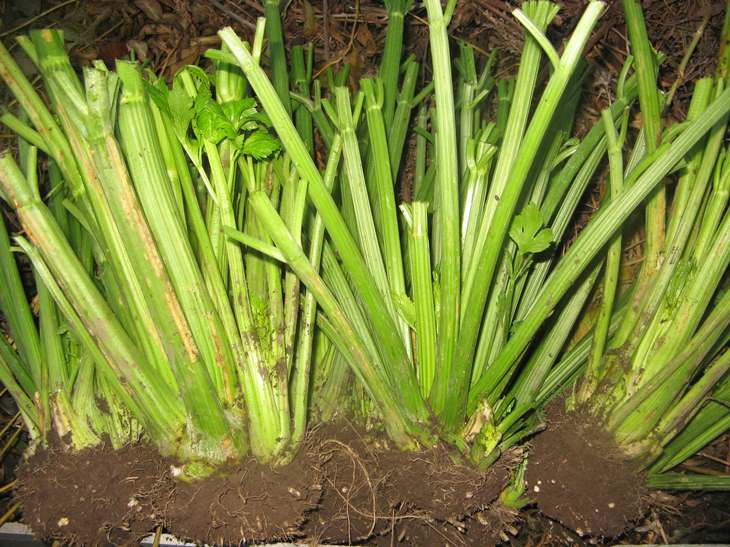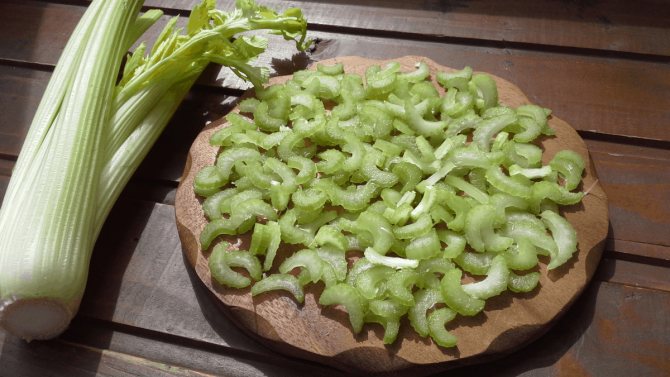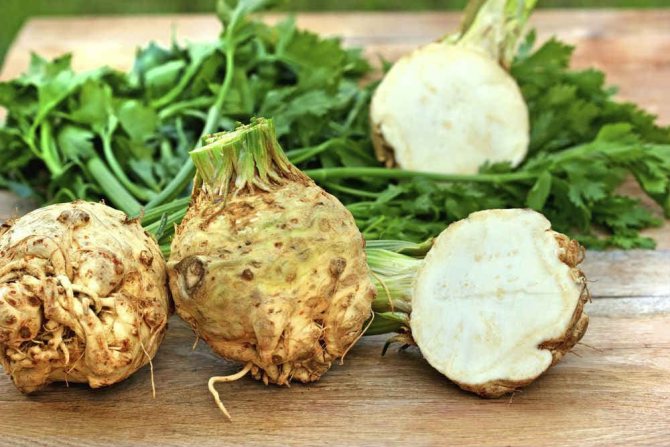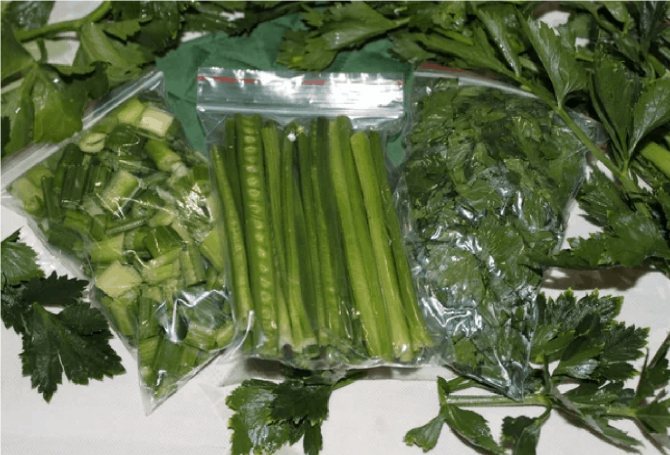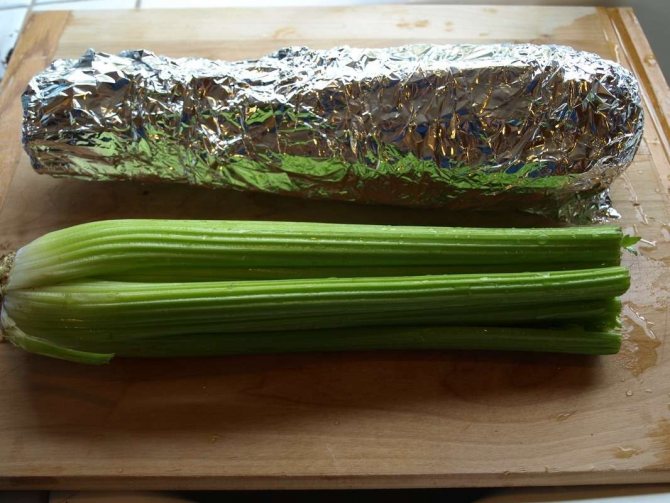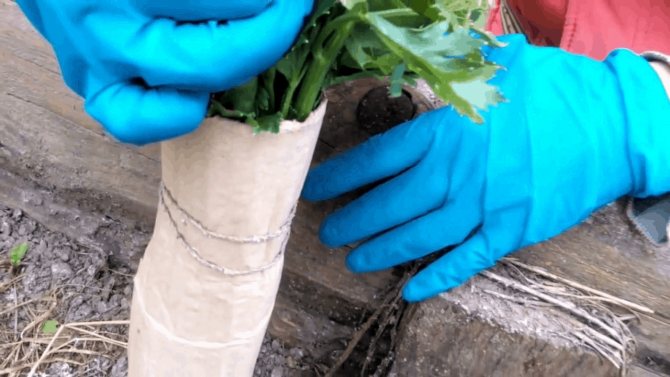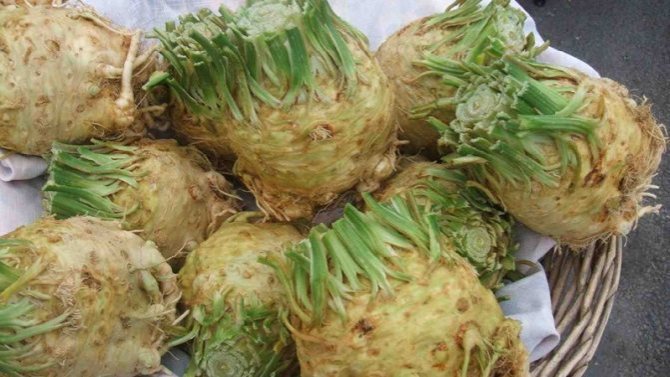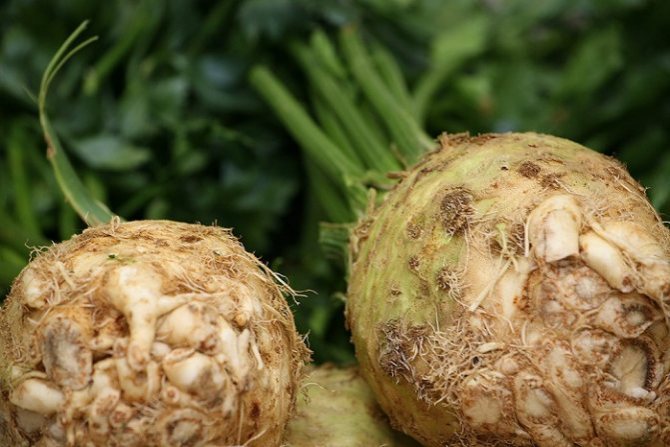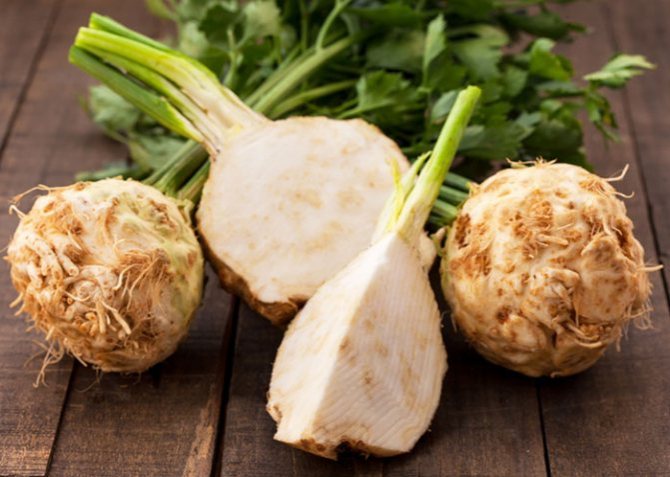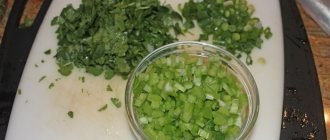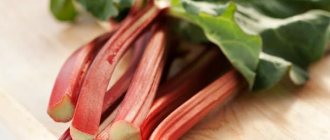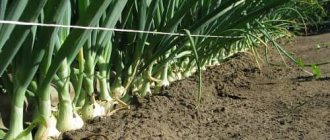Varietal features
Some growers believe that any variety of root celery can be stored throughout the winter. However, it is not. There are varieties intended for winter storage, there are not so many of them:
- "Balena";
- "Royal Night";
- "Jupiter".
It is enough to lower these varieties into the cellar, and they will last until spring.
Others, no matter what conditions you create for them, will last the maximum until the New Year. But the Esaul variety is generally not suitable for storage - only for fresh consumption and processing.
Do you know that…
Before storing celery, you need to cut off the lateral roots, and this takes a lot of time. By choosing varieties with low roots, you will make it easier for yourself the process of preparing the vegetable for storage.
The varieties "Albin", "Iskander", "President RZ" have a low arrangement of lateral roots, but they must be used before winter. An excellent variety "Jupiter" - stored all winter, lateral roots are low, gaining weight up to 800 g.
The process of collecting root crops
The time has been chosen, the seals are dressed, the baskets are prepared - it's time to go to the garden for the celery harvest.
The whole collection process looks like this:
- You need to go for the harvest from 11 o'clock in the afternoon, when the frosts have passed, and the moisture has dried out, there is no precipitation.
- If the ground is solid, then you need to take a shovel or pitchfork. Gently drip in the celery roots and put them in small piles for airing.
- Shake and knead the ground with your hand from the root crops, without damaging the vegetable itself.
- Trim the tops, leaving 2-4 cm.
- Trim long and thin roots slightly.
- Fold the celery into a basket and transfer from the garden.
That's all the manipulations that need to be done when harvesting. Celery tops can be left on the site in order to fertilize and repel pests (some of them do not like the pungent smell of celery). Or you can collect and throw it into a compost pit.
The best time to harvest
The harvest carried out on time guarantees that it will lie for a long time and at the same time will not lose its aroma and nutrients. When to harvest and how to preserve root celery? Let's figure it out in order.
We recommend reading: Celery leaf and petiole: how to preserve for the whole winter at home
Do not rush to remove the vegetable from the garden. The longer it stays in the ground, the better. This allows the root to acquire the following qualities:
- grow in size and mature;
- become covered with a hard, elastic skin.
The question of when to remove celery is very important. A mature root crop is ready for transportation, storage, it is not afraid of damage, spoilage, decay.
We also recommend reading:
Cleaning, harvesting and storage of parsley root Cabbage: how to harvest and store fresh. Preservation, drying, freezing How long to store cauliflower at home: cellar or refrigerator? Zucchini for the winter: how to store a dietary product at home
The timing of when to dig out is individual, depending on the type of plant and the climatic conditions of the region. On the one hand, you have to wait until the root crop is fully ripe. On the other hand, cleaning during the first frost is unacceptable, because frozen specimens will quickly deteriorate.
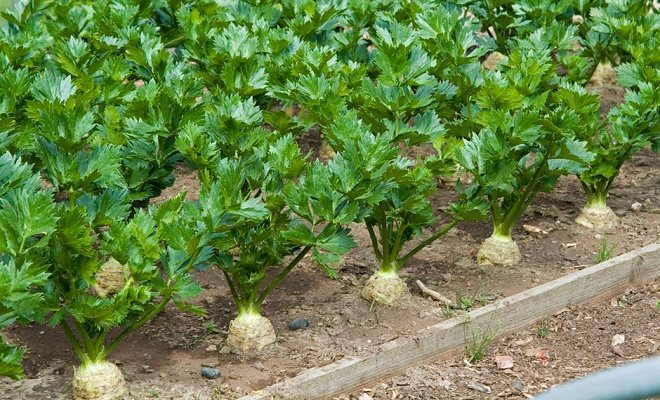
Adult plants can withstand frosts down to -7 ⁰С. Lower temperatures can become critical
Do you know that…
Practitioners advise about a month before the expected harvest to cut off the shoots of celery, the lower leaves, so that it ripens further without them.
When to sow seeds
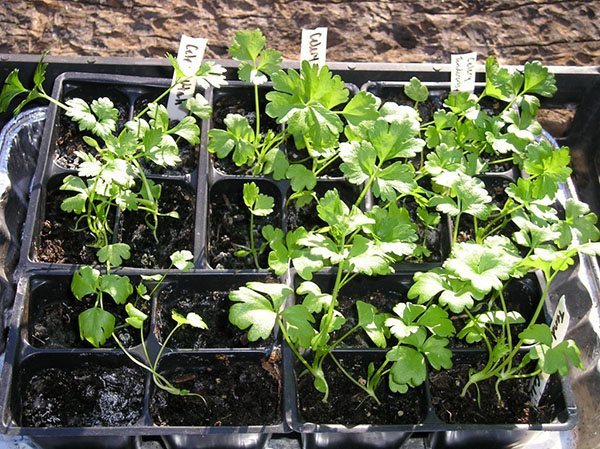

Petiole and root types of celery are sown for seedlings in February or March. Late-ripening varieties should be sown earlier. Before planting, it is advisable to keep the seeds in a pink solution of potassium permanganate, rinse and remove for 10-12 days on the lower shelf of the refrigerator, wrapped in a damp cloth. Thus, celery seeds undergo stratification and germinate faster and more amicably in the future.
Selection and quality control
When the crop is harvested, they begin to check the quality and sort the root crops. Pick the best samples that will easily retain their aroma and flavor until spring.
Signs of a quality product:
- the color of the peel should be uniform, without spots, knots and yellowness;
- the top should not be loose, soft; if you come across such a root, fold it back - it is not suitable for storage and will soon begin to rot;
- when pressed, the pulp should be elastic, firm, and not sluggish, soft;
- the sound when tapped should be sonorous; if he is deaf, then there are voids inside.
After the selection of root celery for the winter, you can start laying it for storage. If you haven't cut the tops before, do it now. Cut the leaves with cuttings at an angle, let it remain about 2-3 cm.
Tip of the day
Be careful not to hit the apical bud during the pruning process. Without it, the vegetable will quickly deteriorate.
Location
Considering that the birthplace of celery is in the south, they understand that it needs a lot of sun. Accordingly, when choosing a site for planting, they give preference to warm, brightly lit places, far from trees and buildings.
The beds are prepared in the fall. The earth is dug up and cleared of weeds and plant debris. Sprinkle with peat or humus and leave until spring.
The fragrant herb is a protection against many types of pests, therefore it is recommended to plant it next to cabbage, tomatoes, cucumbers, beans, lettuce. Such a neighborhood will help to increase and preserve the harvest, and celery will not hurt at all. On the contrary, it is not recommended to combine it with potatoes, parsley and carrots in the beds.
Fresh storage
In a refrigerator
Root celery can be stored for 3 to 6 months in the bottom compartment of the refrigerator.
- Clean the raw material from dirt, leaves, stems and roots.
- Pack everything in a plastic bag, plastic wrap, or foil.
- Place in the vegetable compartment of the refrigerator.
If your crop is small, storing root celery in the refrigerator is one of the best ways. If there are a lot of root vegetables, use one of the harvesting methods.
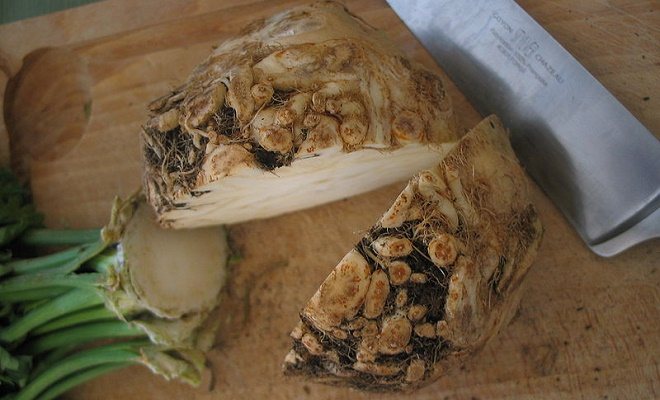

The cut root should also be kept in the refrigerator. A darkened cut area is not a sign of product deterioration - it can simply be removed
In the cellar, basement, balcony
How can root celery be preserved after it has been dug up? A cellar, basement or glazed balcony is perfect for this. With the onset of cold weather, there should be a constant temperature of 1-3 ° C and humidity not less than 95%.
Several methods are known:
- Fill a large ventilation box with clean river sand. Stick the roots vertically so that only petioles remain on the surface.
- Prepare a mixture of earth or sand with ash, fold the vegetable in small heaps, cover with the mixture on top. The addition of furnace ash will protect against rot, mold, and other diseases.
- Mix water and clay to form a solution similar in thickness to sour cream. Dip the root vegetables in turn, then let dry and lay them dry in one layer for storage.
- Lay the rhizomes in layers in the trenches, sprinkle with wet sand, cover with straw on top, sprinkle with soil 20-25 cm thick.
- Place the celery in a polyethylene or foil wrap with perforations (small holes) and tie.
- Use perlite or vermiculite (see "5 reasons to use perlite and vermiculite for winter storage of vegetables, fruits, rhizomes, tubers and bulbs").
These methods will help preserve the vegetable in storage facilities where the temperature and humidity conditions do not meet the standards.
Tip of the day
To keep the vegetable as long as possible, add the husks of onions and garlic to the soil, sand, in addition to ash. Their phytoncidal properties will protect crops from bacterial invasion.
Beneficial features
Crispy petioles and tubers are a rich source of fiber needed to normalize metabolic processes, lower blood cholesterol levels and improve digestion. Additionally, the vegetable provides a surge of strength, the release of energy, and helps to withstand intellectual stress.
Celery is also used in the prevention and treatment of many diseases of the body:
- Sleep disorders... Just 1 tbsp is enough. l. juice of the plant to improve the quality of sleep.
- Osteochondrosis... Celery is used in the form of juice.
- Menstrual pain... 1/3 cup of plant juice early in the day before meals helps women feel much better and stay entertained these days.
- Lack of magnesium... The vegetable is rich in this trace element and contains it in an easy-to-digest form. It is enough to eat celery regularly to preserve the beauty of nails, hair and teeth. Thanks to the proper amount of magnesium, it is possible to remain calm in any situation, maintain the acuity of attention and memory, prevent stomach ulcers, diabetes mellitus and heart disease.
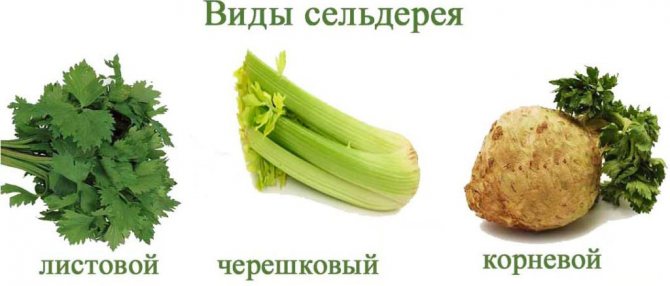

- Joint stiffness... Celery contains sodium, the lack of which with an excess of calcium and becomes the cause of joint stiffness. The infusion from the plant allows you to stop the hardening of tissues around the joint and, if possible, restore its mobility.
- Increased glucose levels in diabetes. Three times a day, take 60 grams of celery infusion to lower glucose levels.
- Kidney disease... Inflammatory processes and kidney stones are wary of steamed celery seeds. Before starting treatment, it is worth getting the permission of a doctor, because the movement of a large stone can cause serious harm to a person, but he cannot go out on his own. Bleeding will require urgent surgical intervention.
- Prostatitis... Thanks to celery, it is possible to relieve pain during an exacerbation, as well as restore sexual function and improve the patient's quality of life, reducing the manifestation of symptoms of a chronic disease to a minimum.
Heat treatment and canning
And how to store celery root in a city apartment, where there is no cellar, basement? There are several ways:
- freezing;
- drying;
- salting;
- pickling.
Freezing
If the question arose of how to prepare celery and how to store it at home, we advise the easiest way - frozen:
- Peel the root vegetable.
- Cut into strips, thin slices or chop on a coarse grater.
- Then place in the freezer.
You can freeze in plastic packaging or sealed containers, packed in portions. As needed, take out a portion of the root, add to hot dishes, snacks, salads without additional processing.
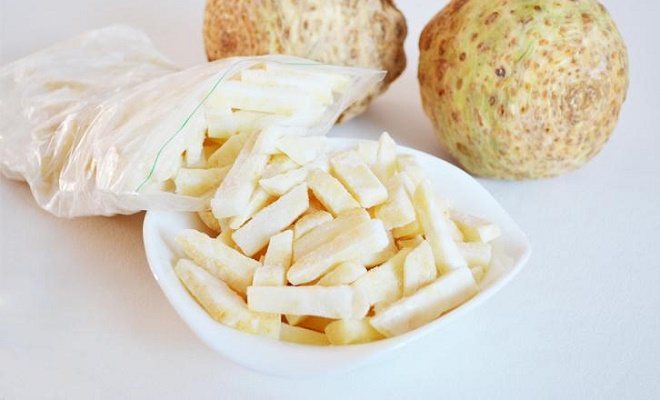

You can store frozen celery no longer than 10 months, otherwise it will lose all its beneficial properties.
Drying
Celery in winter can not only be frozen, but also stored at room temperature in the form of dried slices, straws. The preparation of celery begins with the fact that it is washed and dried.
After preparation:
- Cut off the top of each vegetable, remove roots and other debris.
- Cut into slices, strips no thicker than 1 cm, dry in a dry, dark place where air circulates well.
- Turn occasionally, stir the celery to dry evenly.
- When the raw material dries well, becomes brittle and brittle, fold it into linen, cotton bags, place in a cool, dark place.
You can use a vegetable dryer or oven to dry celery, but keep in mind that with this method of harvesting, it will lose a lot of nutrients.
Salting
After harvesting from the garden, you can preserve the celery roots with the help of salt, a first-class preservative. Here's how to do it right:
- For salting, take 0.5 kg of celery, 0.1 kg of non-iodized table salt. If you like spices, add a little allspice and hot peppers, currant leaves, and cherries for a scent.
- Finely chop the raw material into slices, thin slices or pass through a meat grinder.
- Put the prepared vegetable in jars, other containers, sprinkle with salt in layers.
- Then seal the container tightly, store it in a dry place where there is no light, and the temperature fluctuates within 5-7 ºС.
Salted celery can be stored until spring without any problems.
Root celery plant care
Root celery care
Everyone knows that in order to get a significant harvest, plants need to be looked after. Leaving includes several mandatory steps. The result depends on how fully and timely they are performed. In the care of celery, there are no main and secondary activities. All work is equally important. Weeding with loosening, fertilizing and watering is what a plant is vital. Can you get a good harvest of celery without fertilization? No you can not. Especially on depleted soil. Will celery grow without watering? It will not grow - it will dry up. It will not work to find young crops in the thickets of weeds - the weeds will take away all the nutrients from the plant, the shoots will die. Without destroying the upper soil crust, insufficient air is supplied to the roots, which they need no less than water. The secret is simple. The four ingredients for a good celery crop are weeding, loosening, feeding, and watering.
Be sure to weed
How to weed celery properly
Weeds are the first to grow in the garden, much earlier than cultivated plants, whenever you plant them. Wild plants are more aggressive and assertive in the struggle for food space and a place in the sun. They take all the nutrients and moisture from the soil, leaving garden crops no chance of survival. Obviously, it is necessary to carry out weeding of celery seedlings practically immediately after planting and continue until the moment the harvest is collected.
By the way! Mature root celery plants are no longer so afraid of wild competitors, but if you skip the moment, let the weeds grow and form seeds, it will be much more difficult for you to deal with them next year.
A weed extractor is used to weed the beds along with traditional tools.
Weed control is hard, painstaking work that takes time and energy. My back hurts, my hands ache. To make your life easier, weeding is best done after watering or rain.



